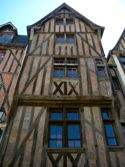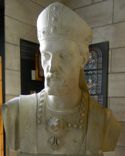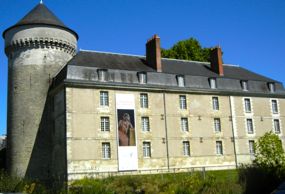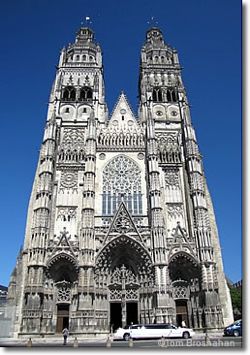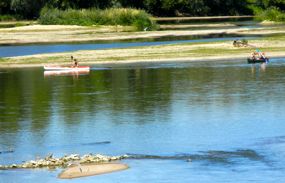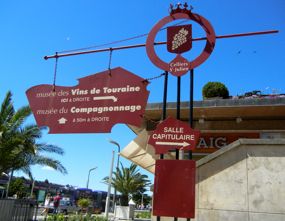 |
What to See & Do in Tours, France | |
| As the largest city in the Loire region, Tours is a great base for visiting châteaux, vineyards, and other attractions. | ||
|
|
|
Tours is the capital of the Touraine area and is frequently used as a base for visiting Châteaux of the Loire. It's also a pleasant city in its own right and provides an enjoyable visit. Old ToursOld Tours, around Place Plumereau , the center of Old Tours, and near the Loire, has undergone significant restoration. It features many half-timbered houses from the 15th century. The Place and nearby Rue du Grand-Marché have numerous restaurants, cafés, and shops, and provide a pleasant place to wander. Tours has been an important center since Roman times, and vestiges of Roman walls remain near the château. In the 4th century Saint Martin lived in Tours and was its bishop. Stories of his miracles and piety abound. A large basilica was built in his honor. It is said that King Clovis prayed there in the 5th century and was a supporter of the Basilica of Saint-Martin. Today, all that remains of the original basiica is the Tour Charlemagne, an impressive tower just a few blocks from the Place Plumereau. A new Basilica Saint-Martin was built in the mid 1800s and contains religious relics. Nearby is the small Musée Saint-Martin, with displays on the life of the saint and remains of earlier basilicas. The Wilson Bridge in the center of Tours connects the two banks of the Loire. The main street, Rue Nationale, suffered significant damage during World War II. Today there are rebuilt shops and restaurants. Also here is the Église Saint-Julien, parts of which date back to the 12th century. Two small museums are housed in the cellars and the cloister. MuseumsThe Musée des Vins de Touraine has exhibits on the history of wine making and the tools used, as well as social rituals and customs. The Musée du Compagnonnage, or Trade Guild Museum, presents the history of local trade guilds, such as wood workers, metal workers, textile workers, and bakers. These guilds date back hundreds of years. While some are obsolete, new ones are still being formed, such as dental prostheses. The ChâteauAlthough it is considered the center of château country, you don't go to Tours for its château. The small château today houses art exhibits. The nearby Logis des Gouverneurs faces the river and provides an interesting example of 15th century architecture. It includes exhibits and visuals on the history of Tours.
Cathédrale St-GatienNear the château is the Cathédrale St-Gatien, built between the 13th and 16th centuries. Its towers are visible from various parts of the city. The Cathédrale is also known for its beautiful 13th and 14th century stained glass windows. Just across the square from the Cathédrale is the Archbishop's Palace, which now houses the Musée des Beaux-Arts (Fine Arts Museum). The River LoirePerhaps one of the nicest ways to spend some time in Tours is to stroll along the Loire. Pedestrian paths line the river, and periodic bridges (some just for pedestrians and bikes) provide both visual interest and access to the north side of the Loire.
|
|
Beautiful facade of the Cathédrale St-Gatien, Tours, France. Canoers on the Loire, right in the center of Tours. |
